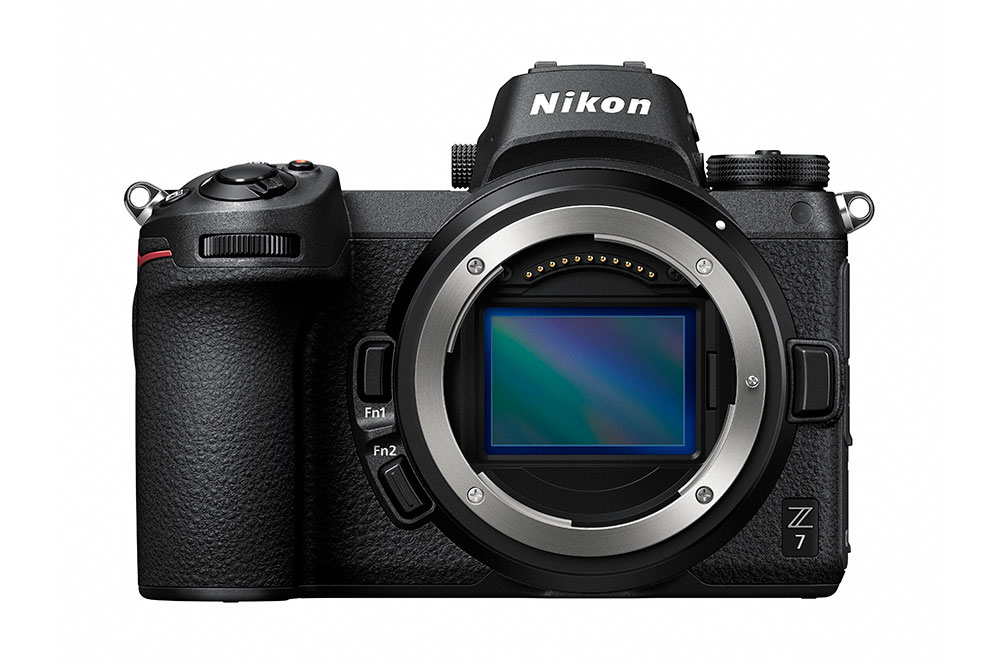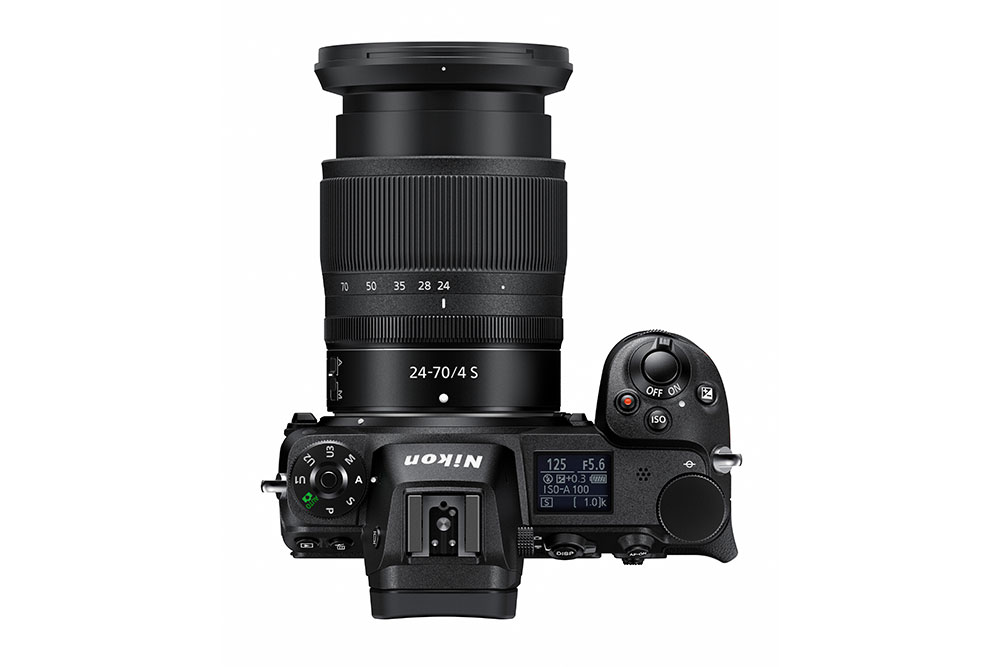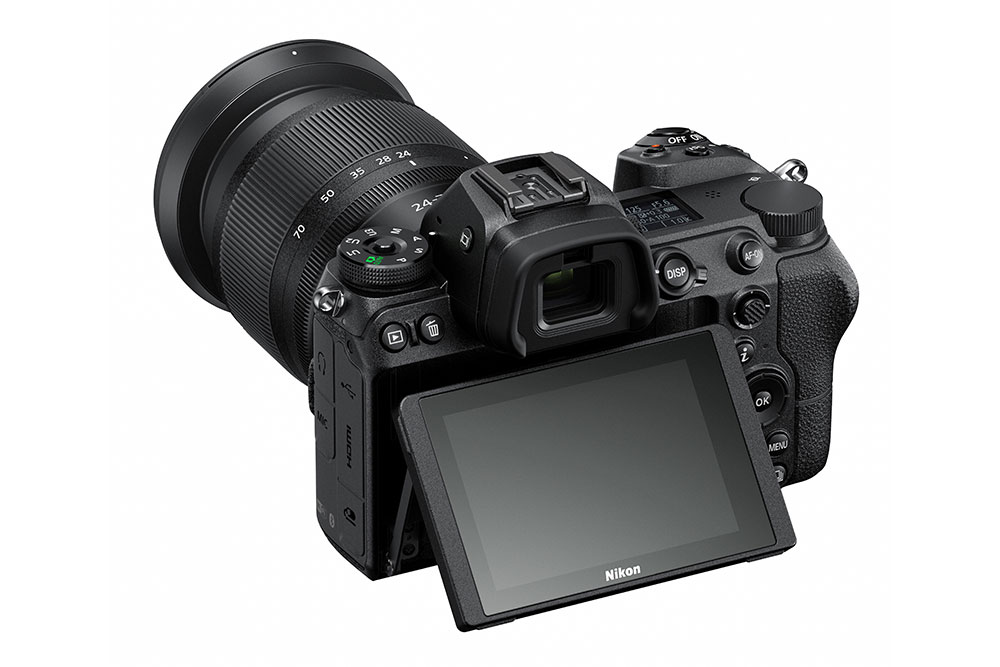Review Nikon z7 and z6 mirrorless cameras difference
What has been waiting for a long time has finally come too. Nikon has officially introduced its first full-frame mirrorless camera. According to previous rumors, there are two cameras at once presented, namely Nikon Z 7 and Nikon Z 6.
Both have identical dimensions and physical forms. The difference is only in the inside: although both are full-frame sensors, the resolution is different, the Z 7 packs 45.7 megapixels, while the Z 6 ‘only’ 24.5 megapixels. The approach is more or less similar to what Sony took with the A7 and A7R series. and canon has Canon EOS R.
Both have identical dimensions and physical forms. The difference is only in the inside: although both are full-frame sensors, the resolution is different, the Z 7 packs 45.7 megapixels, while the Z 6 ‘only’ 24.5 megapixels. The approach is more or less similar to what Sony took with the A7 and A7R series. and canon has Canon EOS R.
The Z 7 as a flagship model inherits many features of one of Nikon's superior DSLRs today, the D850. This massive sensor with ISO 64 - 25600 comes with a very capable performance. The main thing is the 493 points hybrid autofocus system that includes 90% horizontal and vertical ranges and burst shooting at 9 fps.
Video affairs, Z 7 is ready to record in 4K 30 fps resolution directly on the memory card, or with the help of an external recorder via HDMI if you need a higher bitrate. Uniquely, Z 6 is actually arguably more superior about video than Z 7.
This is because the sensor resolution is smaller so the Z 6 can record oversampled video (because it uses a cross-section of the sensor as a whole), which can eventually look sharper when the resolution is lowered to 4K. For Z 7, the same quality can only be obtained if recording in the Super 35 format. The case is the same as Sony a7 III and a7R III, where a7 III with a smaller sensor resolution is actually better than the video recording.
Video affairs, Z 7 is ready to record in 4K 30 fps resolution directly on the memory card, or with the help of an external recorder via HDMI if you need a higher bitrate. Uniquely, Z 6 is actually arguably more superior about video than Z 7.
This is because the sensor resolution is smaller so the Z 6 can record oversampled video (because it uses a cross-section of the sensor as a whole), which can eventually look sharper when the resolution is lowered to 4K. For Z 7, the same quality can only be obtained if recording in the Super 35 format. The case is the same as Sony a7 III and a7R III, where a7 III with a smaller sensor resolution is actually better than the video recording.
The Z 6 is apparently also more sensitive to light, with an ISO 100 - 51200 range. The hybrid autofocus system is not as sophisticated as the Z 7 with just 273 points, but the ability to snap without stopping is at 12 fps (more speeding due to the smaller resolution of course only).
For the first time, Nikon has also implemented a 5-axis image stabilization system inside the camera, both for Z 7 and Z 6. This system can also be combined with an image stabilization built in by a series of Nikon lenses that carry the label "VR" (Vibration Reduction).
Speaking of lenses, Z 7 and Z 6 use a new holder called Z-mount. The holder's diameter reaches 55 mm - the largest in the mirrorless full-frame class - allowing accommodation of lenses with a very large aperture, up to f / 0.95.
For the first time, Nikon has also implemented a 5-axis image stabilization system inside the camera, both for Z 7 and Z 6. This system can also be combined with an image stabilization built in by a series of Nikon lenses that carry the label "VR" (Vibration Reduction).
Speaking of lenses, Z 7 and Z 6 use a new holder called Z-mount. The holder's diameter reaches 55 mm - the largest in the mirrorless full-frame class - allowing accommodation of lenses with a very large aperture, up to f / 0.95.
Both cameras use a magnesium chassis that is resistant to extreme weather, again the same as the Nikon D850. Since this is mirrorless, the viewfinder has adopted an electronic model, but the resolution is very high at 3.6 million dots, with a magnification level of 0.8x.
Under the viewfinder, there is a 3.2-inch 2.1 million dot resolution touch screen that can be tilted. In the top panel, there is a small OLED screen to display a number of camera parameters. As we can see, the hand grip is also very fat so it must be very comfortable to hold.
Wi-Fi connectivity is definitely available, as is Bluetooth, which embodies the innovative Nikon SnapBridge system. One thing that I think is lacking, the battery is small, with claims of the durability of up to 330 shots.
Under the viewfinder, there is a 3.2-inch 2.1 million dot resolution touch screen that can be tilted. In the top panel, there is a small OLED screen to display a number of camera parameters. As we can see, the hand grip is also very fat so it must be very comfortable to hold.
Wi-Fi connectivity is definitely available, as is Bluetooth, which embodies the innovative Nikon SnapBridge system. One thing that I think is lacking, the battery is small, with claims of the durability of up to 330 shots.
Overall, we can see that Nikon does not want to repeat its mistakes with 'deceased' Nikon 1, which seems to be half-hearted in the face of competition in the mirrorless market. Both of these new cameras are ready to disturb the dominance of the Sony a7 and a7R lines, which so far do not have equal opponents.
About the price, Nikon Z 7 is priced at $ 3,400 for the body only when it is marketed starting next September 27, or $ 4,000 along with the new Nikkor Z 24-70mm f / 4 S. Nikon Z 6 lens will follow at the end of November. The price is much friendlier: $ 2,000 body only or $ 2,600 with the same 24-70mm lens.
About the price, Nikon Z 7 is priced at $ 3,400 for the body only when it is marketed starting next September 27, or $ 4,000 along with the new Nikkor Z 24-70mm f / 4 S. Nikon Z 6 lens will follow at the end of November. The price is much friendlier: $ 2,000 body only or $ 2,600 with the same 24-70mm lens.




0 Response to "Review Nikon z7 and z6 mirrorless cameras difference"
Post a Comment